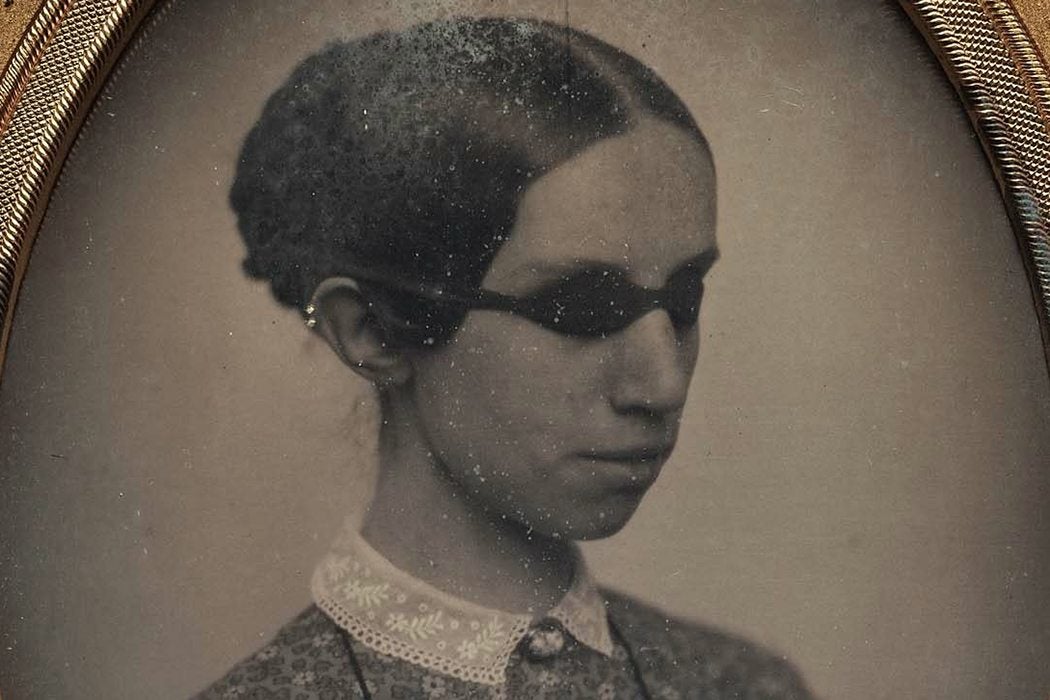Helen Keller is arguably history’s most recognizable woman with a disability—a figure whose education allowed her to overcome being blind, deaf, and mute. But before Helen Keller, there was Laura Bridgman, the first blind and deaf woman who learned to communicate through language. Bridgman may be less known, but her life was just as compelling. And, as Ernest Freeberg writes, one of the most fascinating and frustrating aspects of that life was her unconventional education at the hands of a nineteenth-century reformer.
Samuel Gridley Howe discovered Bridgman in a newspaper article when she was just seven years old. He managed to convince her parents that Laura, who had lost her sight and hearing as a two-year-old, should be given over to his care at the Perkins School for the Blind. As Freeberg notes, Howe undertook a course of “intellectual resurrection,” giving the child household objects with raised-letter labels, then having her arrange loose letters in an attempt to match them with the objects.
Having accomplished that seemingly impossible task of learning words before letters, Bridgman eventually became proficient in language. But her education was uneven—despite being able to, say, point out a distant country on a globe, she was kept from learning about much of the world around her. Howe focused on abstract knowledge more than real-world experiences and used the glittering success of Bridgman’s education as a kind of proof of the validity of his educational theories. Howe, who was against rote learning and espoused liberal religious views, seems to have thought that Bridgman was a kind of specimen of pure humanity, unsullied by the vagaries of the world. Indeed, writes Freeberg, Howe wrote of her as “perfectly holy” and “as pure as Eve.”
“A review of the private journals kept by Laura’s teachers reveals, that Howe…had no such child under his care,” writes Freeberg. Bridgman the multi-dimensional human being—a girl who hate math and sometimes defied her teachers—was ignored by Howe in his attempts to turn her into an educational example.
Freeberg does not discuss one of Howe’s biggest forms of educational malpractice—his intentional omission of religion from Bridgman’s curriculum in an attempt to see whether God was an innate concept. Bridgman eventually rebelled and espoused religion. Howe then turned against his pupil, eventually claiming that blind people were intellectually inferior.
Once a Week
Bridgman’s education may have been patchy and misguided, but it also represented opportunity in a time that was cruel to disabled people. She returned to her family at age 20, but her health began to deteriorate. Perhaps tellingly, it was not her teacher but her friend, Dorothea Dix, who raised funds for her to return to Perkins, where she lived out the rest of her life.
How might she have fared in an era of special education? There’s no way to know. But Bridgman’s education is a reminder that children of all abilities are neither hopeless nor holy—just themselves.







